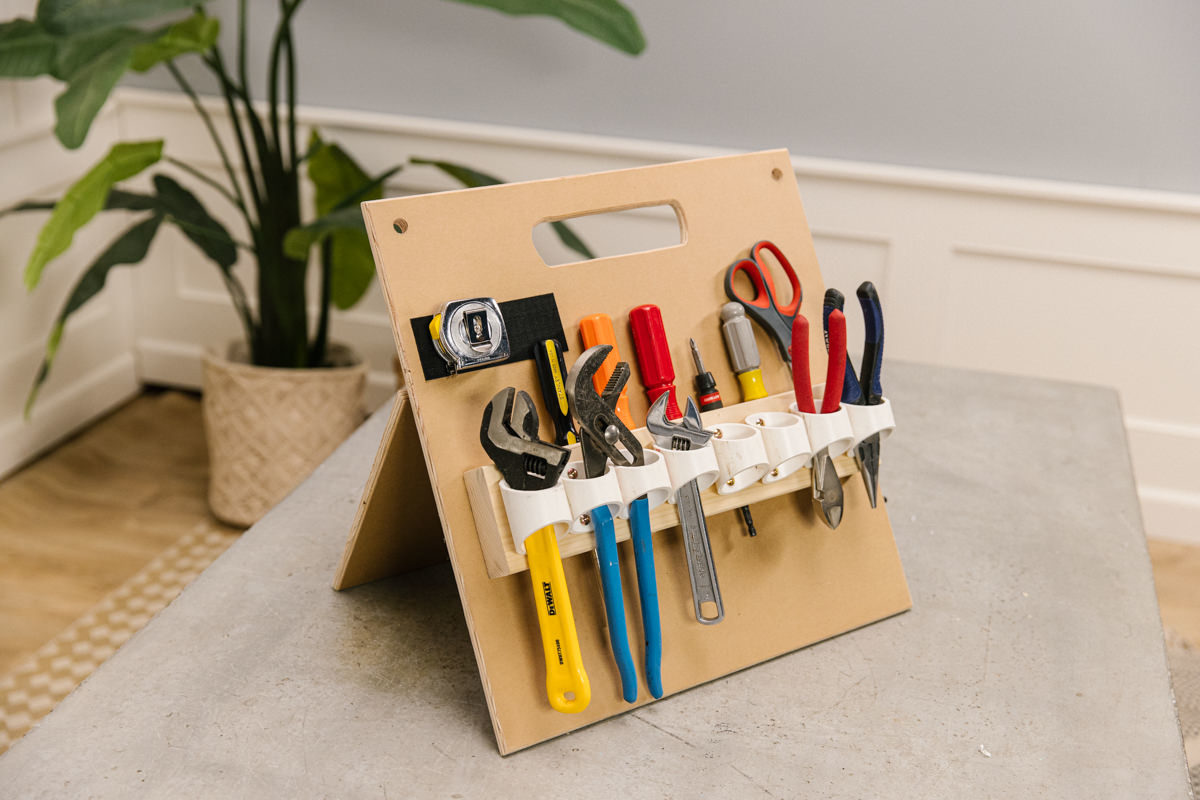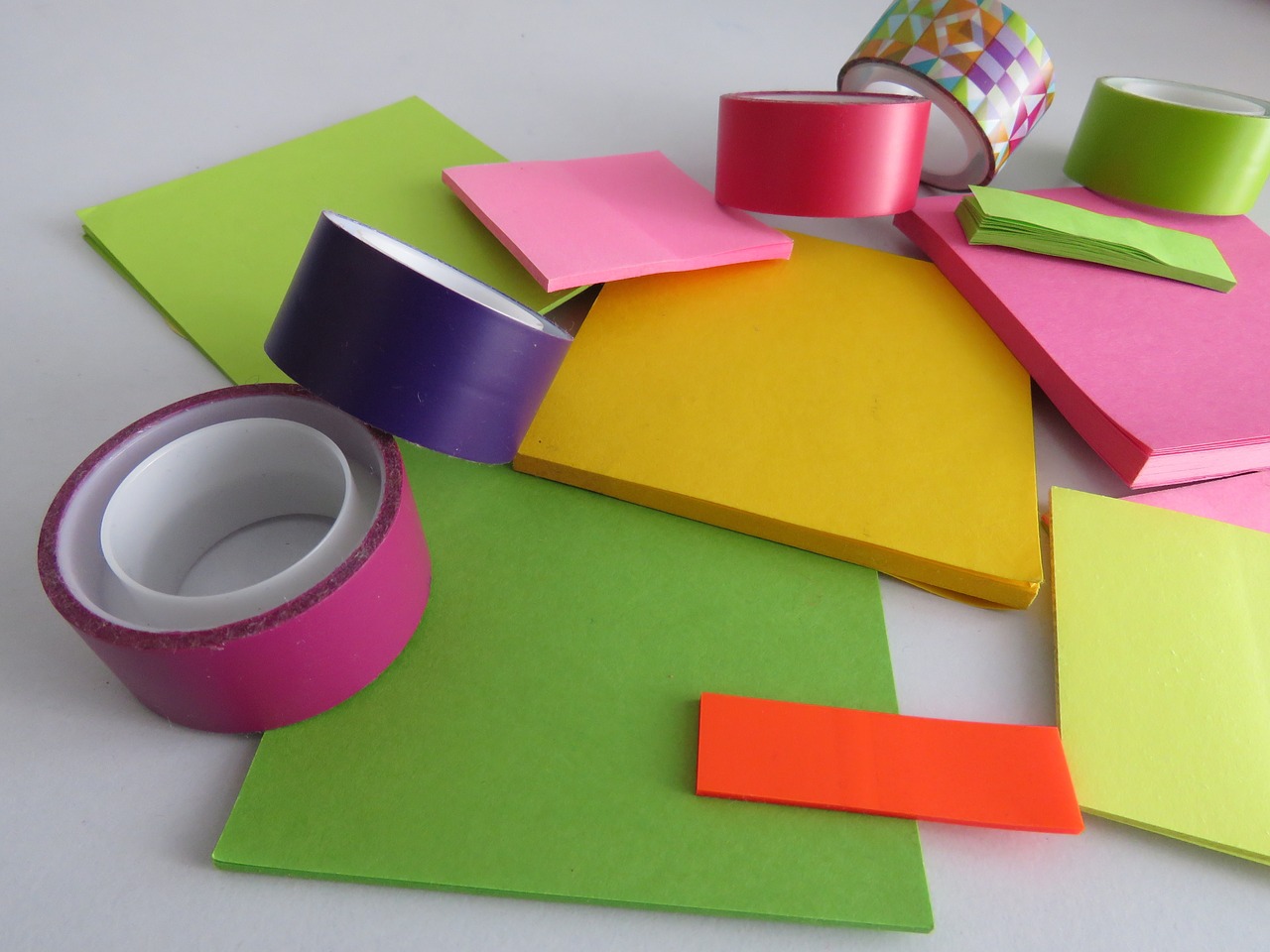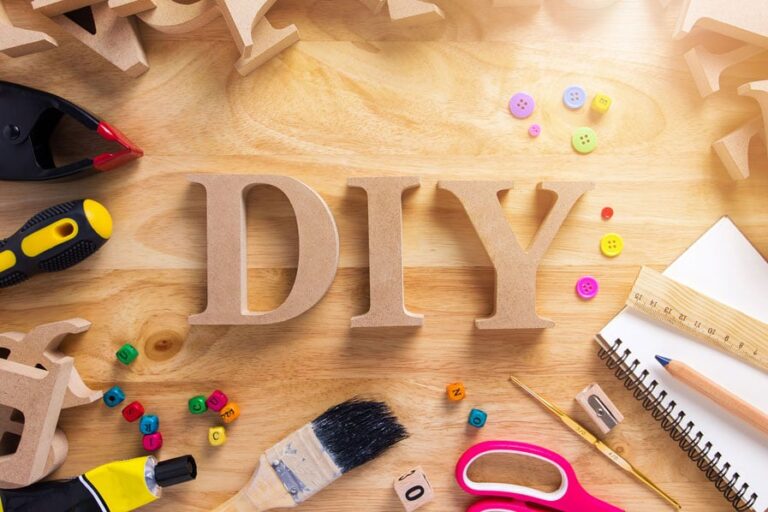Embarking on Do-It-Yourself (DIY) projects can be incredibly rewarding, offering a sense of accomplishment, saving money, and allowing for personalized touches around your home. However, the success and safety of any DIY endeavor hinge on having the right tools. Equipping your workshop or garage with essential DIY equipment isn’t just about accumulating items; it’s about building a versatile arsenal that empowers you to tackle a wide range of tasks, from minor repairs to major renovations. This comprehensive guide will walk you through the fundamental tools every DIY enthusiast should own, explaining their uses, highlighting key features, and offering insights into making smart purchasing decisions. Get ready to transform your DIY ambitions into tangible achievements!
Hand Tools for Every Task

Even in an age dominated by power tools, hand tools remain the backbone of any DIY kit. They offer precision, control, and versatility that power tools sometimes can’t match, and they’re indispensable for countless tasks.
A. Measuring and Marking Tools
Accuracy is non-negotiable in DIY. Without precise measurements and clear markings, even the simplest project can go awry.
- Tape Measure: This is arguably the most frequently used tool. A good quality tape measure should be at least 25 feet long, have a sturdy lock, and feature clear, easy-to-read markings. Look for one with a wide blade for rigidity, making it easier to measure long distances without the tape collapsing. Both imperial (inches) and metric (centimeters) markings are ideal for versatility.
- Pencil and Marker: For marking cuts, drilling spots, or simply outlining designs, a standard carpenter’s pencil (with a flat lead that resists rolling) or a fine-tip permanent marker are essential. Always mark on the “waste” side of your cut line to ensure accuracy.
- Spirit Level: Used to determine if a surface is perfectly horizontal (level) or vertical (plumb). Levels come in various lengths; a 2-foot level is good for general use, while a longer 4-foot level is invaluable for hanging cabinets or framing walls. Smaller torpedo levels are perfect for tight spaces or checking the level of a picture frame.
- Speed Square/Combination Square: A speed square is a triangular tool invaluable for marking precise 90-degree and 45-degree angles quickly on timber. A combination square is more versatile, offering a sliding head that allows you to mark specific depths, check 90 and 45-degree angles, and even use it as a simple ruler.
- Chalk Line: For marking long, straight lines across large surfaces like floors or walls, a chalk line reel is indispensable. It’s much faster and more accurate than trying to draw a line with a straightedge over a long distance.
B. Fastening Tools
From assembling furniture to securing structural elements, fastening tools are crucial for creating strong, durable connections.
- Claw Hammer: A general-purpose claw hammer (16-20 oz) is essential for driving nails and, with its claw, prying them out. Look for a comfortable grip and a balanced feel. Fiberglass or steel handles offer better durability than wood.
- Screwdriver Set: You’ll need a comprehensive set of screwdrivers, including Phillips head (cross-shaped) and flathead (slotted) in various sizes. Consider also Torx (star-shaped) and square (Robertson) drive screwdrivers, as these are becoming more common. Ratcheting screwdrivers or multi-bit screwdrivers can offer versatility in a single tool.
- Adjustable Wrench: While a full set of open-end or box-end wrenches is ideal, an adjustable wrench (or crescent wrench) can handle a range of bolt and nut sizes, making it a versatile addition for plumbing or general tightening tasks.
- Pliers Set: A basic set should include slip-joint pliers for general gripping, needle-nose pliers for delicate work and reaching tight spaces, and locking pliers (like Vise-Grips) for strong, temporary clamping. Diagonal cutting pliers (or side cutters) are also useful for cutting wire.
C. Cutting Tools
Whether it’s wood, metal, or wire, having the right cutting tool ensures clean, efficient results.
- Utility Knife (Box Cutter): An indispensable tool for opening boxes, cutting insulation, scoring drywall, and countless other tasks. Always use fresh, sharp blades for safety and effectiveness. Retractable blades are safest.
- Hand Saw: For cutting timber, a basic hand saw is useful for quick cuts or when electricity isn’t available. A crosscut saw is good for cutting across the wood grain, while a rip saw cuts along the grain. A smaller, finer tooth saw (like a dovetail saw) is great for more precise joinery.
- Hacksaw: Essential for cutting metal, plastic pipes, and occasionally wood with its fine-toothed blade. The blade can be swapped out for different materials.
- Tin Snips: For cutting sheet metal, wire mesh, or even thick plastics, tin snips are invaluable. Aviation snips, which come in left, right, and straight cutting variations, offer greater precision.
Power Tools
Once you’ve mastered the hand tools, power tools can significantly speed up your projects, improve accuracy, and allow you to tackle more complex tasks with less effort. Safety is paramount when using power tools, so always read the manual and wear appropriate personal protective equipment (PPE).
A. Drilling and Driving
Power drills are arguably the most essential power tool for any DIY enthusiast, making quick work of driving screws and drilling holes.
- Cordless Drill/Driver: This is the undisputed champion of DIY power tools. A cordless drill/driver with a lithium-ion battery offers portability and versatility for drilling holes in various materials (wood, metal, plastic) and driving screws. Look for a model with at least 18V for good power, a comfortable grip, and a good clutch system to prevent overtightening screws. A hammer drill function is a bonus for occasional masonry drilling.
- Drill Bit Set: You’ll need an assortment of drill bits for different materials:
- Wood bits (Brad Point): For clean holes in wood.
- Metal bits (HSS – High-Speed Steel): For drilling into metal and plastic.
- Masonry bits: For concrete, brick, and stone (require a hammer drill).
- Countersink bits: To create a conical hole for screw heads to sit flush.
- Driver bits: A comprehensive set of Phillips, flathead, Torx, and square bits for driving screws.
- Impact Driver: While a drill/driver can drive screws, an impact driver is specifically designed for this task. It delivers high torque in short, powerful bursts, making it superior for driving long screws into tough materials without stripping heads or straining your wrist. Often sold in a combo kit with a drill.
B. Cutting Power Tools
When you need to make numerous or long, precise cuts, power saws are a game-changer.
- Circular Saw: A highly versatile saw for making straight cuts in wood, plywood, MDF, and other sheet goods. Essential for framing, decking, and general carpentry. A 7-1/4 inch blade is standard. Look for features like a laser guide and depth adjustment.
- Jigsaw (Reciprocating Saw): Ideal for cutting curves, intricate shapes, and making plunge cuts (cutting in the middle of a piece of material). A jigsaw is great for tasks like cutting out sink holes in countertops or creative woodworking. Blades are interchangeable for different materials like wood, metal, and plastic.
- Miter Saw: While a significant investment, a miter saw is invaluable for making extremely accurate crosscuts and angled (miter) cuts in timber, essential for trim work, picture frames, and decking. A compound miter saw also allows for bevel cuts.
- Reciprocating Saw (Sawzall): Often called a “Sawzall” after the Milwaukee brand, this powerful saw is excellent for demolition work, cutting through nails, pipes, and old lumber. Its aggressive back-and-forth action makes it ideal for rough cuts and tight spaces where precision isn’t the primary concern.
C. Sanding and Finishing
To give your projects a polished, professional finish, power sanders are indispensable.
- Orbital Sander: A random orbital sander is excellent for general-purpose sanding, removing material quickly while leaving a relatively smooth finish without noticeable swirl marks. It’s versatile for woodworking, stripping paint, and preparing surfaces for finishing.
- Detail Sander: For reaching into tight corners and intricate shapes that an orbital sander can’t access, a detail sander (often triangular) is perfect.
- Belt Sander: For aggressive material removal on large, flat surfaces, a belt sander is unmatched. It’s useful for leveling uneven surfaces or quickly stripping old finishes.
Specialty Tools

Beyond the core essentials, some specialty tools can greatly enhance your capabilities for specific types of projects.
A. Plumbing and Electrical Tools
Working with your home’s plumbing and electrical systems requires specific tools for safety and effectiveness. Always turn off power and water before working on these systems.
- Pipe Wrench: A heavy-duty wrench with adjustable, serrated jaws designed for gripping and turning pipes and pipe fittings. Essential for plumbing repairs.
- Tongue-and-Groove Pliers (Channel Locks): Versatile pliers with adjustable jaws that can grip pipes, nuts, and other oddly shaped objects securely. Very popular for plumbing tasks.
- Wire Strippers/Cutters: Essential for electrical work, these tools safely strip insulation from wires without damaging the conductors and can also cut wires cleanly.
- Voltage Tester: An absolute must for electrical safety. A non-contact voltage tester can quickly determine if an electrical circuit is live without touching bare wires, preventing accidental shocks.
- Multi-meter: For more advanced electrical troubleshooting, a multi-meter can measure voltage, current, and resistance, helping you diagnose electrical issues.
B. Demolition and Renovation Tools
For tackling larger renovation or demolition projects, certain tools make the job safer and more efficient.
- Pry Bar (Crowbar): An indispensable tool for demolition, leverage, and removing nails. A cat’s paw pry bar is particularly good for pulling nails with small heads.
- Sledgehammer: For heavy-duty demolition where brute force is required, a sledgehammer can break through walls, concrete, or dismantle stubborn structures.
- Drywall Saw: A specialized hand saw with a sharp, pointed tip designed for cutting holes or making irregular cuts in drywall quickly and cleanly.
C. Adhesion and Finishing Tools
For tasks involving adhesives, caulking, or applying finishes, specific tools ensure a neat and professional result.
- Caulking Gun: For applying caulk, sealant, or adhesive neatly and evenly. Essential for sealing gaps around windows, doors, or in bathrooms.
- Paint Brushes and Rollers: A selection of good quality paint brushes in various sizes and paint rollers with different nap lengths are crucial for achieving a smooth, even paint finish on walls, trim, and furniture.
- Putty Knife/Scraper: Useful for applying spackle or wood filler, scraping off old paint, or cleaning surfaces. Come in various widths.
Safety Gear
No matter how simple or complex the DIY project, personal protective equipment (PPE) is non-negotiable. Investing in safety gear is investing in your well-being.
A. Eye Protection
- Safety Glasses/Goggles: Always wear safety glasses or goggles when cutting, drilling, hammering, or performing any task that could send debris, dust, or chemicals into your eyes. Look for ANSI Z87.1 certified glasses for impact resistance.
- Face Shield: For tasks like grinding, using a chainsaw, or working with chemicals that could splash, a full face shield offers more comprehensive protection for your face.
B. Hand Protection
- Work Gloves: Protect your hands from cuts, scrapes, splinters, and harsh chemicals. Different types of gloves are available for specific tasks (e.g., leather gloves for rough work, cut-resistant gloves for sharp objects, rubber gloves for chemicals).
C. Hearing Protection
- Earplugs/Earmuffs: Power tools (saws, drills, sanders), hammering, and demolition work can generate noise levels harmful to your hearing. Earplugs or earmuffs are essential to prevent long-term hearing damage.
D. Respiratory Protection
- Dust Mask/Respirator: When sanding, cutting dusty materials (drywall, wood), or working with chemicals that produce fumes, a dust mask or respirator protects your lungs from airborne particles and vapors. Choose the appropriate filter for the hazard.
E. Other Essential Safety Gear
- First-Aid Kit: Have a well-stocked first-aid kit readily accessible for minor cuts, scrapes, or other injuries that may occur.
- Fire Extinguisher: Especially if you’re working with flammable materials or around electrical wiring, a fire extinguisher (Type ABC) is a smart safety precaution.
- Sturdy Footwear: Wear closed-toe shoes with good grip, preferably steel-toed boots, to protect your feet from falling objects or sharp debris.
- Appropriate Clothing: Avoid loose clothing or jewelry that could get caught in power tools. Tie back long hair.
Workshop Essentials and Storage
A well-organized workspace makes DIY projects more enjoyable and efficient.
A. Workbench
- Sturdy Workbench: A solid, stable workbench with a vise is the heart of any workshop. It provides a dedicated space for cutting, assembling, and holding workpieces securely. Consider one with integrated storage.
B. Clamps
- Assorted Clamps: You can never have too many clamps! C-clamps, bar clamps, and spring clamps are invaluable for holding workpieces together while glue dries, securing items for cutting, or holding jigs in place.
C. Storage Solutions
- Toolbox/Tool Bag: For storing your most frequently used hand tools and making them portable.
- Tool Chest/Cabinet: For larger collections of tools, a rolling tool chest or wall-mounted cabinet keeps tools organized and protected.
- Pegboard/Wall Organizers: Excellent for keeping frequently used tools visible and easily accessible on a wall.
- Storage Bins/Drawers: For fasteners, small parts, and accessories, clear plastic bins or labeled drawers keep everything categorized and easy to find.
D. Lighting
- Task Lighting: Good lighting is crucial for safety and precision. Supplement overhead ambient lighting with task lighting (e.g., portable LED work lights or clamp lamps) to illuminate your immediate work area, eliminating shadows.
Making Smart Purchasing Decisions
When building your DIY equipment arsenal, consider these points:
A. Quality vs. Cost: An Investment
- Buy the Best You Can Afford: While it’s tempting to opt for the cheapest tools, investing in higher-quality tools from reputable brands will pay off in the long run. They are more durable, perform better, and are safer to use. A cheap tool that breaks mid-project or performs poorly can lead to frustration, costly mistakes, or even injury.
- Consider Your Usage: If you’re a casual DIYer, you might not need top-tier professional-grade tools. However, for frequently used items or safety-critical tools, don’t compromise on quality.
B. Corded vs. Cordless: Power and Portability
- Cordless Convenience: Cordless tools offer unmatched portability and flexibility, especially for outdoor projects or areas without readily available power outlets. However, they rely on batteries, which need charging and can lose power over time.
- Corded Reliability: Corded tools offer consistent power without battery limitations, ideal for prolonged use or heavy-duty tasks. They are often lighter as they don’t carry a battery pack, but require proximity to an electrical outlet. Many DIYers opt for a mix of both.
C. Research and Reviews
- Read Reviews: Before purchasing, read online reviews from other DIYers and watch video demonstrations. This can provide valuable insights into a tool’s performance, durability, and common issues.
- Compare Features: Don’t just look at the price. Compare features, power specifications, ergonomics, and warranty information across different models and brands.
Conclusion
Building a comprehensive set of DIY equipment essentials is an ongoing process, evolving with your skills and the types of projects you undertake. Starting with the fundamental hand tools, gradually adding versatile power tools, and always prioritizing safety gear will set you up for success. Remember, the right tool for the job not only makes the task easier and faster but also ensures a higher quality finish and, most importantly, keeps you safe. So, equip yourself wisely, embrace the challenge, and enjoy the immense satisfaction that comes from transforming your home with your own hands. Happy building!










